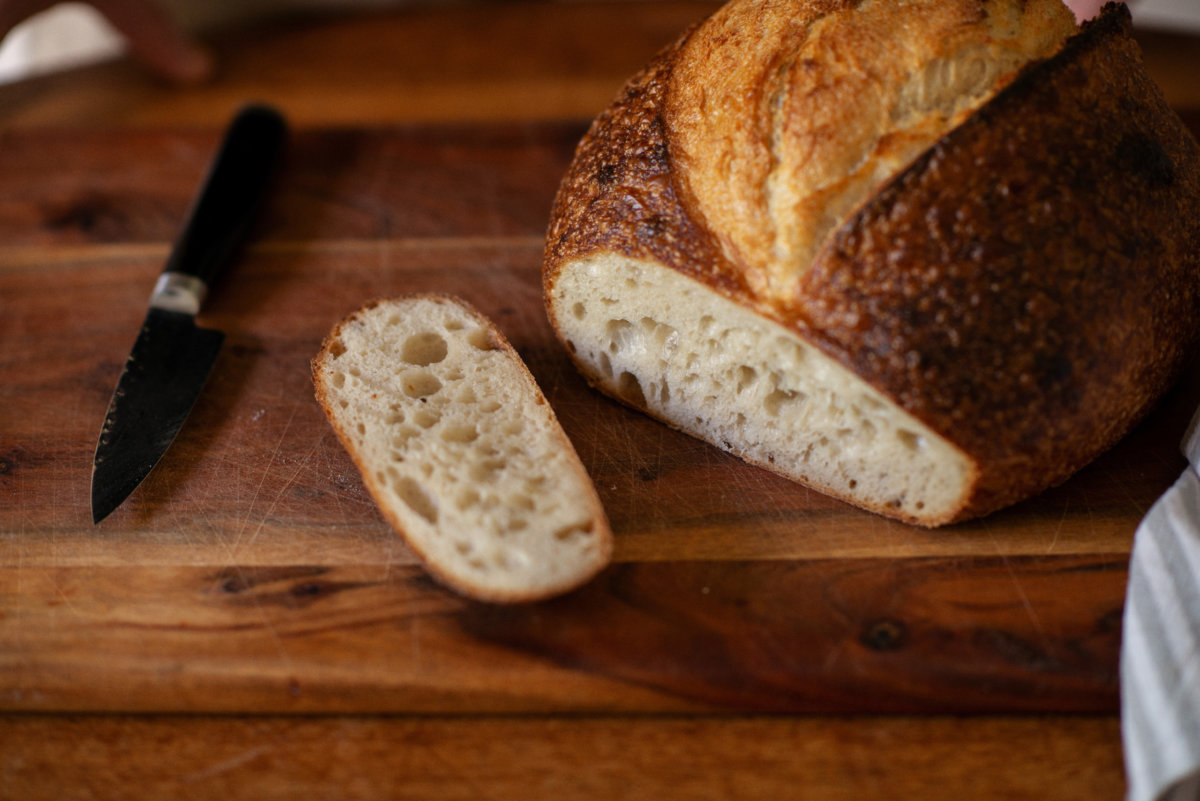
114—
Artisan Sourdough Bread
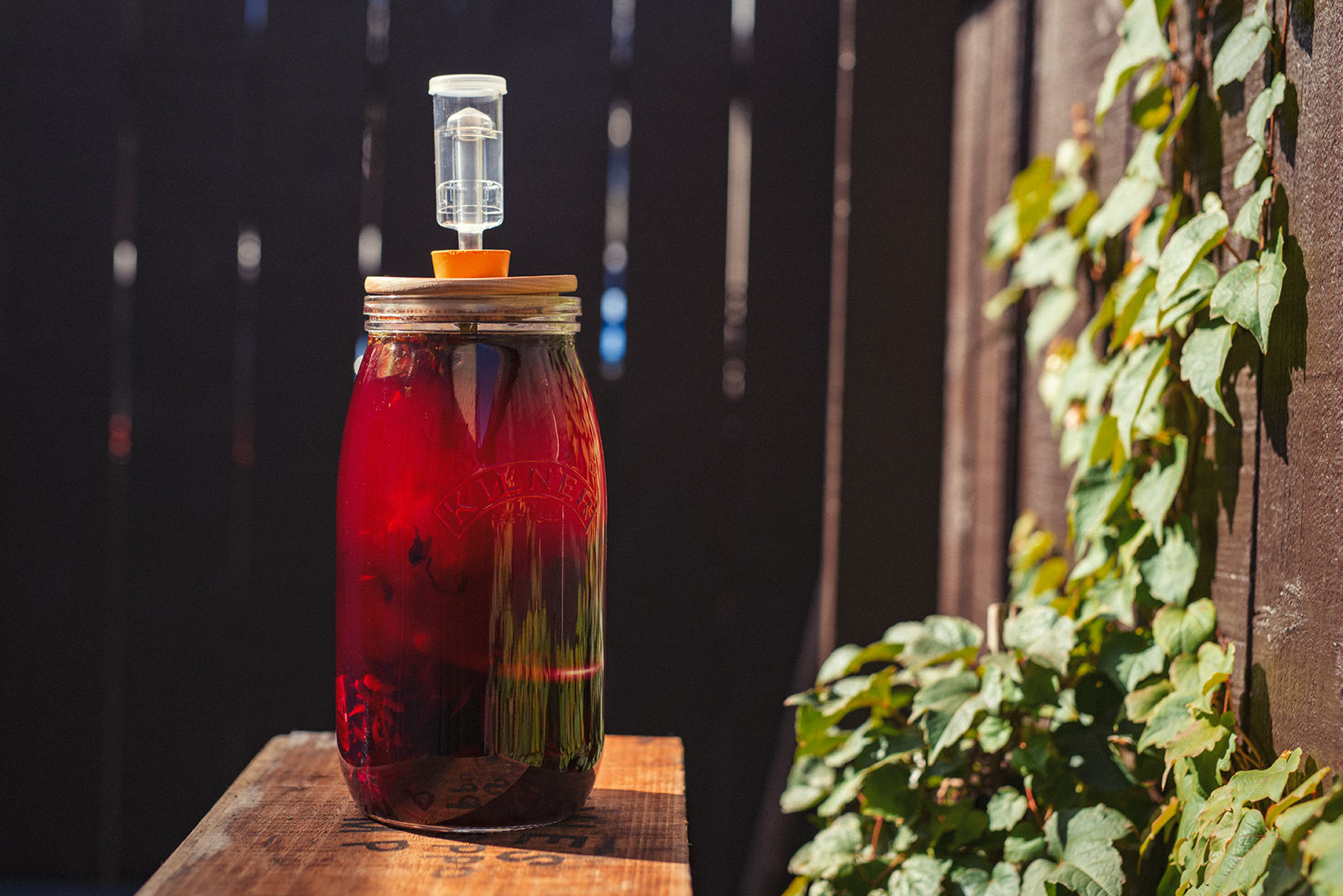
Who needs Kombucha when you can have Kvass instead?!
Ya’ll know how I feel about “Conbucha” — it’s not as great as everyone wants to believe it is.
(Kombucha, is however, an excellent alternative to a fizzy drink or an alcoholic beverage.)
But, Kvass — which is a traditional Slavic and Baltic beverage — is a ‘fiesty fizzy ferment’ that I can really get behind.
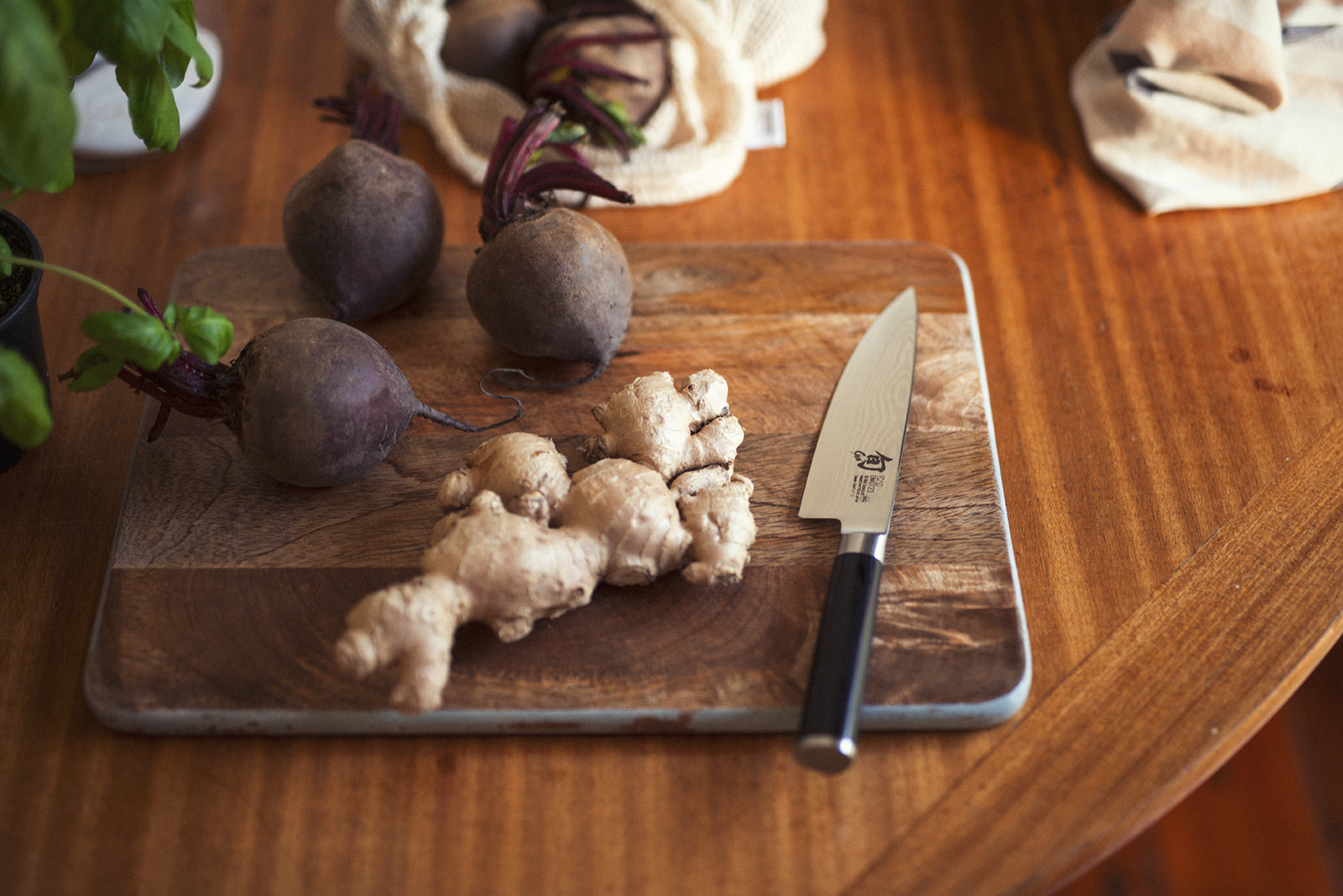
There once was this stuff called Kombucha.
’twas brought from the past to the future.
Caffeine, sugar, and booze.
Well, that’s nothing I’d choose.
But drink what you’d like — if it suits ya!1 😉
Kvass is traditionally made from beetroot but is more commonly made from stale sourdough bread. And, while fermenting something which has already been fermented makes no sense to me (sourdough), I’m totally down with the whole ‘waste not want not’ factor.
Note: Rye bread Kvass tastes like mild beer – or so I’ve read. That doesn’t really appeal to me. If I had to endure ‘that taste’, then I definitely want to to be rewarded by getting somewhat tiddly…
What I love about Beetroot Kvass is it’s simplicity — you only need the thing that you want to ferment (the beetroot), some filtered water, and a couple of herbs. (Unrefined salt is optional.)
Note: And all you need equipment-wise is a large jar that seals with a gasket & clamp and a knife.
Kvass just makes good sense to me.
Because, if you recall from my blog-post on Kombucha… I’m a big believer that fermented food and drink should satisfy a number of requirements:
It therefore also prevents wastage.
Therefore it makes it easier to absorb the nutrients from this raw food.
The thing you’re fermenting should be abundant in lactobacillus bacteria. (Therefore it needs to be organic.)
The bacteria turn sugar into lactic acid — which gives this product its sour taste. (Beetroot have a high sugar content.)
You don’t need a starter (or a SCOBY)
Note: Wild fermentation (without a starter) simply takes longer to get an end-product. But as they say, ‘the good things in life are worth waiting for’.

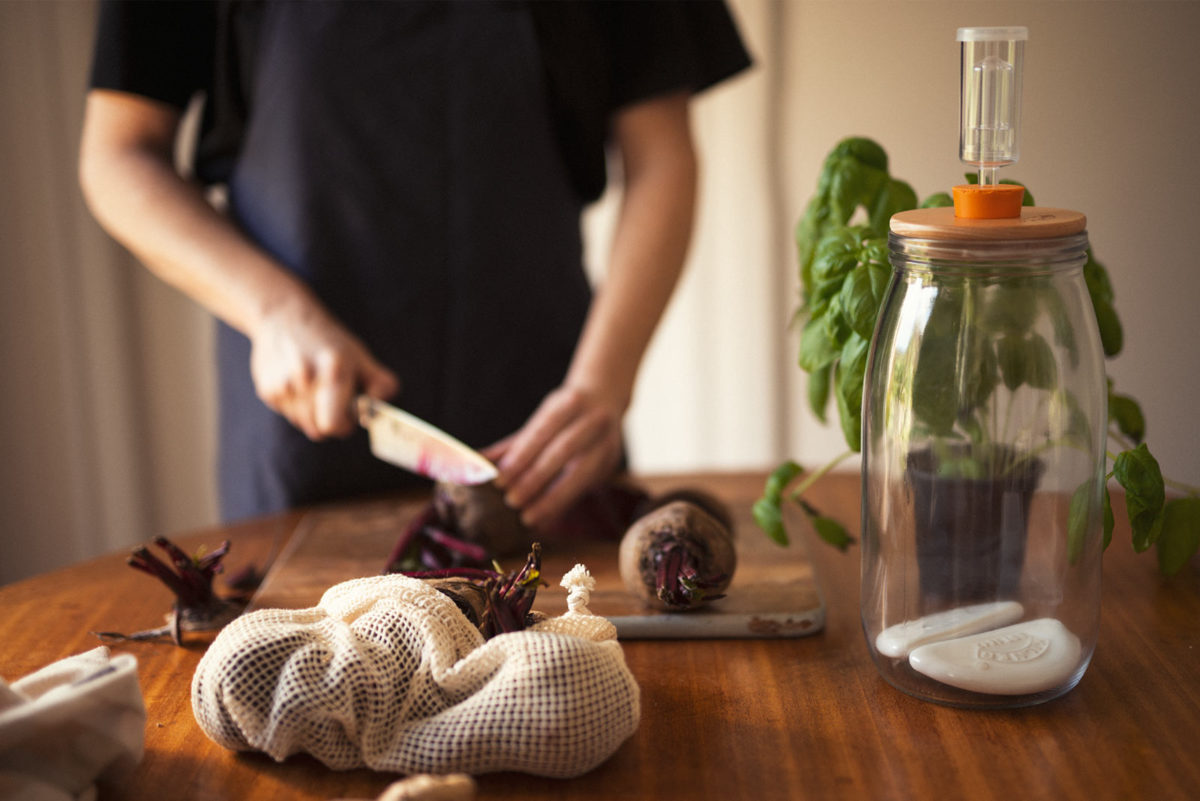
Kombucha — a curious health tonic
It’s ingredients rather ironic.
To me it’s a fail.
It’s quite the cocktail.
The likes of which seem rather moronic1 😉
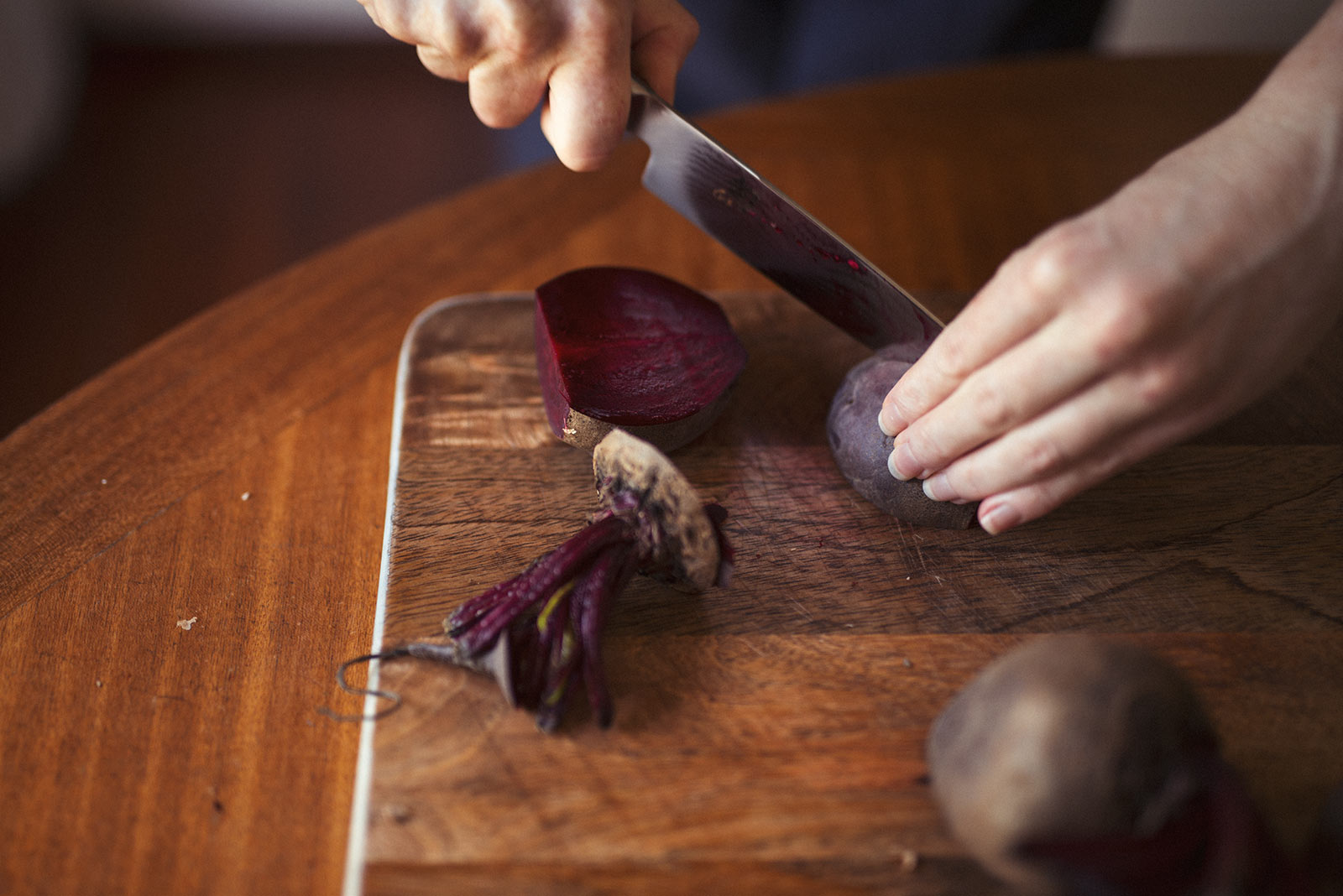
You can use any vegetable that ferments well:
Cabbage, cauliflower, carrot, radish, red pepper, onion or spring onion.
You can use any herb that ferments well:
Ginger, garlic, basil, coriander (leaves and seeds), parsley, juniper berries, or caraway seeds.
If you’re not sure what ferments ‘real good’ then just look on the label of the next bottle of Kimchi that you pick-up.
Note: You can use fruit to make Kvass but these require you to use honey and/or whey protein powder starters. (I’m not into this at all.)
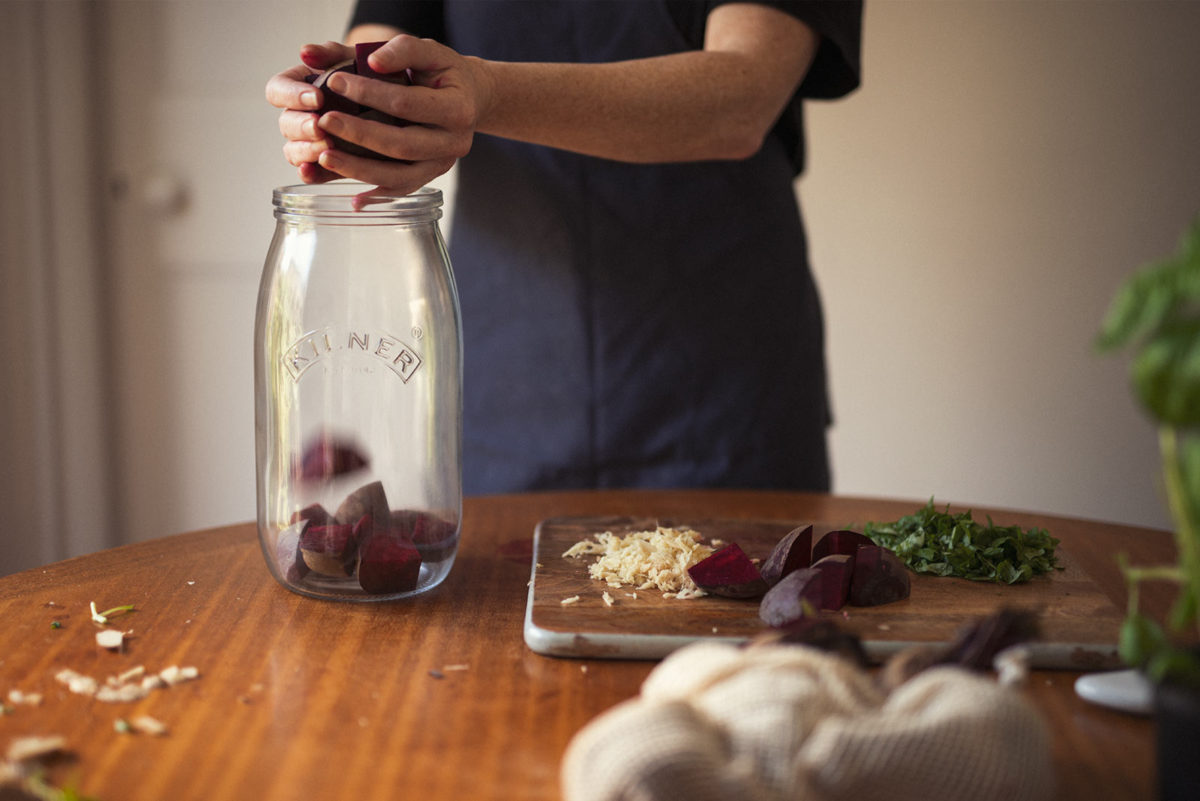
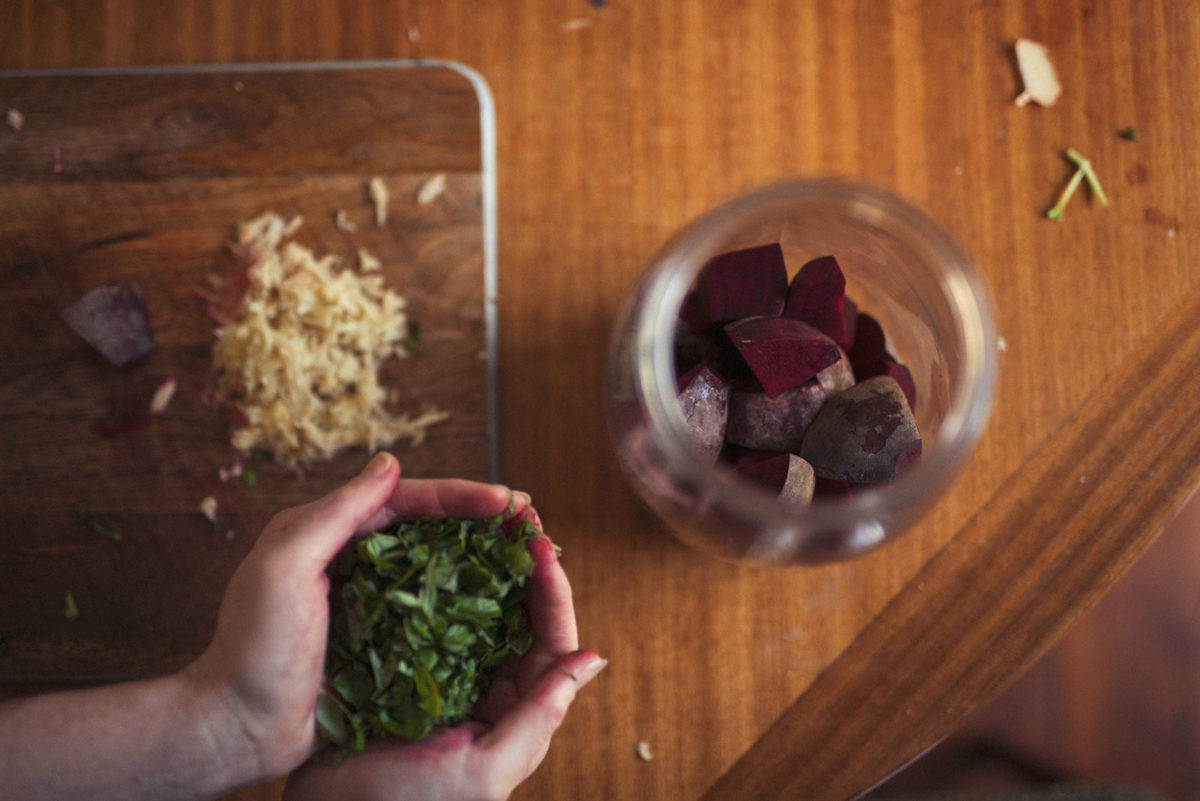
Beetroot is ace for making Kvass.
This is because of its high sugar content.
Beetroot is also ace for making you healthy.
This is because this root is an excellent source of folic acid, iron, magnesium, manganese, phosphorus, potassium, vitamin B6, and the powerful cancer fighting agent — betacyanin (the purple-crimson colour).
These nutrients will be conferred to you when you drink this stuff. (Not to mention all the nutrients attributed to the ‘flavoring’ components of this beverage — basil & ginger.)
Note: I’m only talking about all the water-soluble vitamins and minerals here – which leach into the water (to some degree given the length of time that the Kvass is left to ferment).
Beetroot is renown for being blood cleansing and for detoxing the liver and gallbladder. And, given the nutrients (and probiotics) that the Kvass contains, it would prove beneficial to consume during PMS week, or even throughout a women’s cycle to ‘build the blood’.
I found the recipe for this Red Beet Kvass on the interwebs, but unfortunately it has since expired. It was by Amanda Feifer, from her book: Ferment Your Vegetables.
Next I’m going to try this recipe of hers: Carrot + Ginger Kvass
Note: Use the juice part of these recipes, mind – don’t get distracted by the cocktail recipes, please! (Well, not until you’ve got your Kvass making down-pat);-)
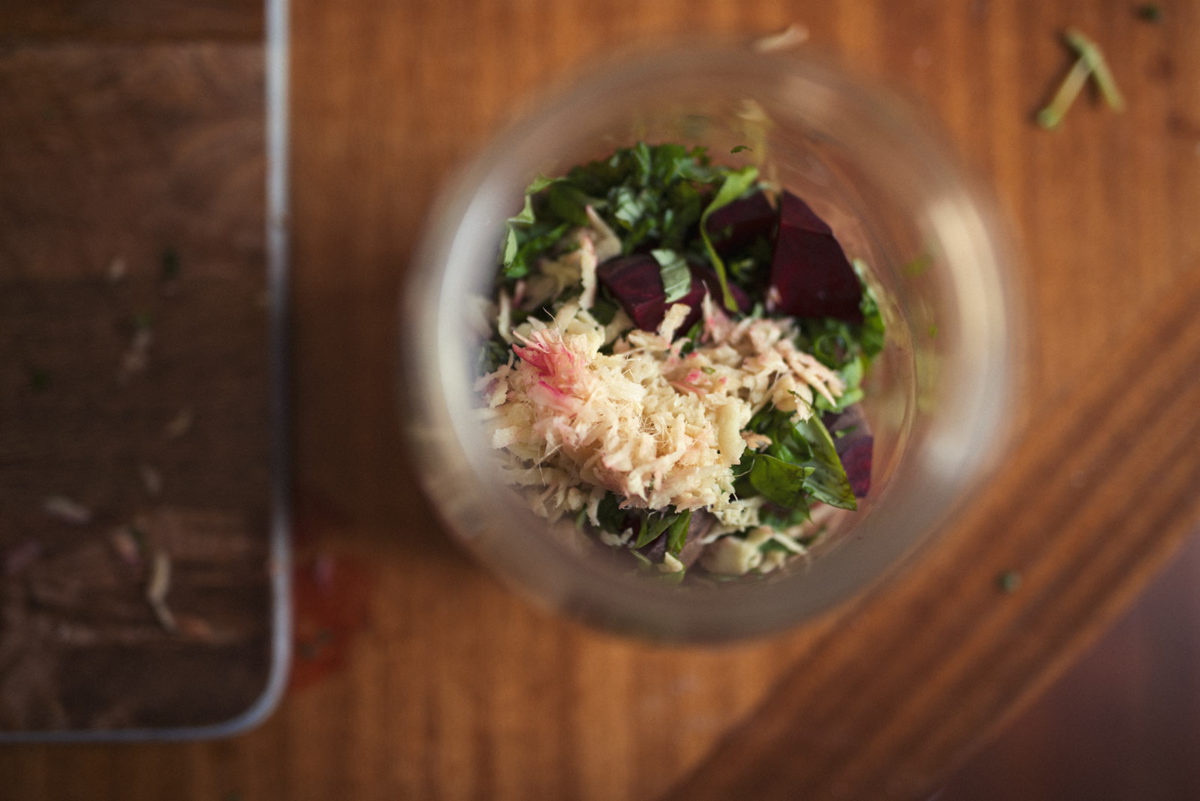
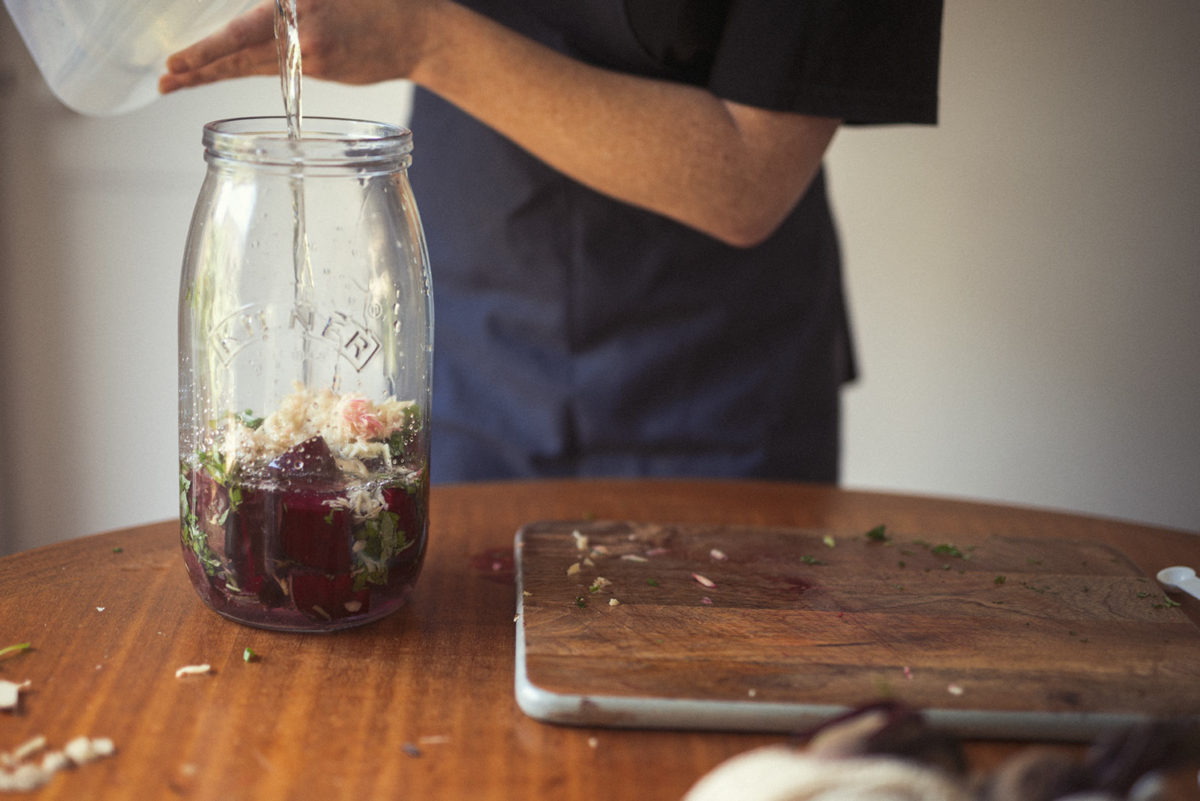
There is a health tonic called Kvass
Drink carefully as it can cause gas
Even while I quip
Make sure that you sip
As you don’t want a musical ass1
When you brew up your Kvass, you may notice that a surface layer of Kahm yeast forms on the top (It’s totally harmless.)
However, let’s be honest, nobody likes to see that sh*t — as it’s ‘off-putting’.
So, this mook can either be:
Skimmed off
Once formed
Swirled AWAY
Doing this daily should prevent it forming in the first place.
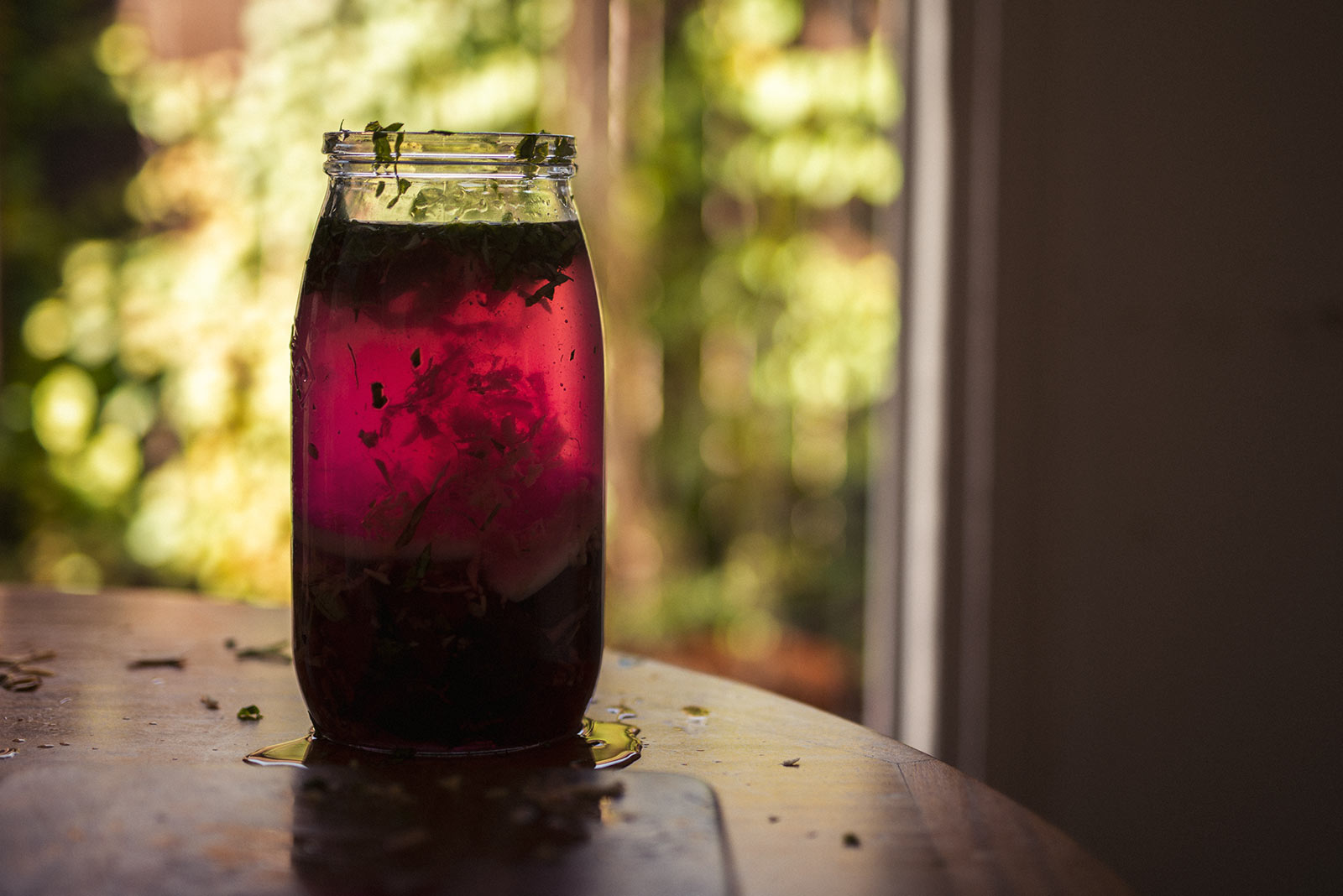
Lisa Fitzgibbon is a degree qualified (2006), experienced and registered Naturopath & Medical Herbalist. She runs her own private practice – OOMPH in Grey Lynn, Auckland, New Zealand.
Lisa has been involved in the Natural Health industry for 16 years. She draws on her professional training and experience, as well as her own personal experience to bring you realistic, holistic health advice.
Book onlineFitzgibbon (my Family name) hails from County Limerick, Ireland…
I was born to write Limericks 😉
And, before ya’ll get your knickers-in-a-knot…
According to Wikipedia: A limerick is a form of verse, often humorous and sometimes obscene, in five-line, predominantly anapestic meter with a strict rhyme scheme of AABBA, in which the first, second and fifth line rhyme, while the third and fourth lines are shorter and share a different rhyme.
Subscribe to LISA SAID SO
Subscribe to the LSS newsletter to get updates on a very irregular basis.
Sorry for the interruption!
You seem to be interested in what Lisa has to say. To be updated when new articles are published, or we have news to share, enter your email below. Thanks!